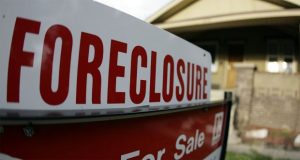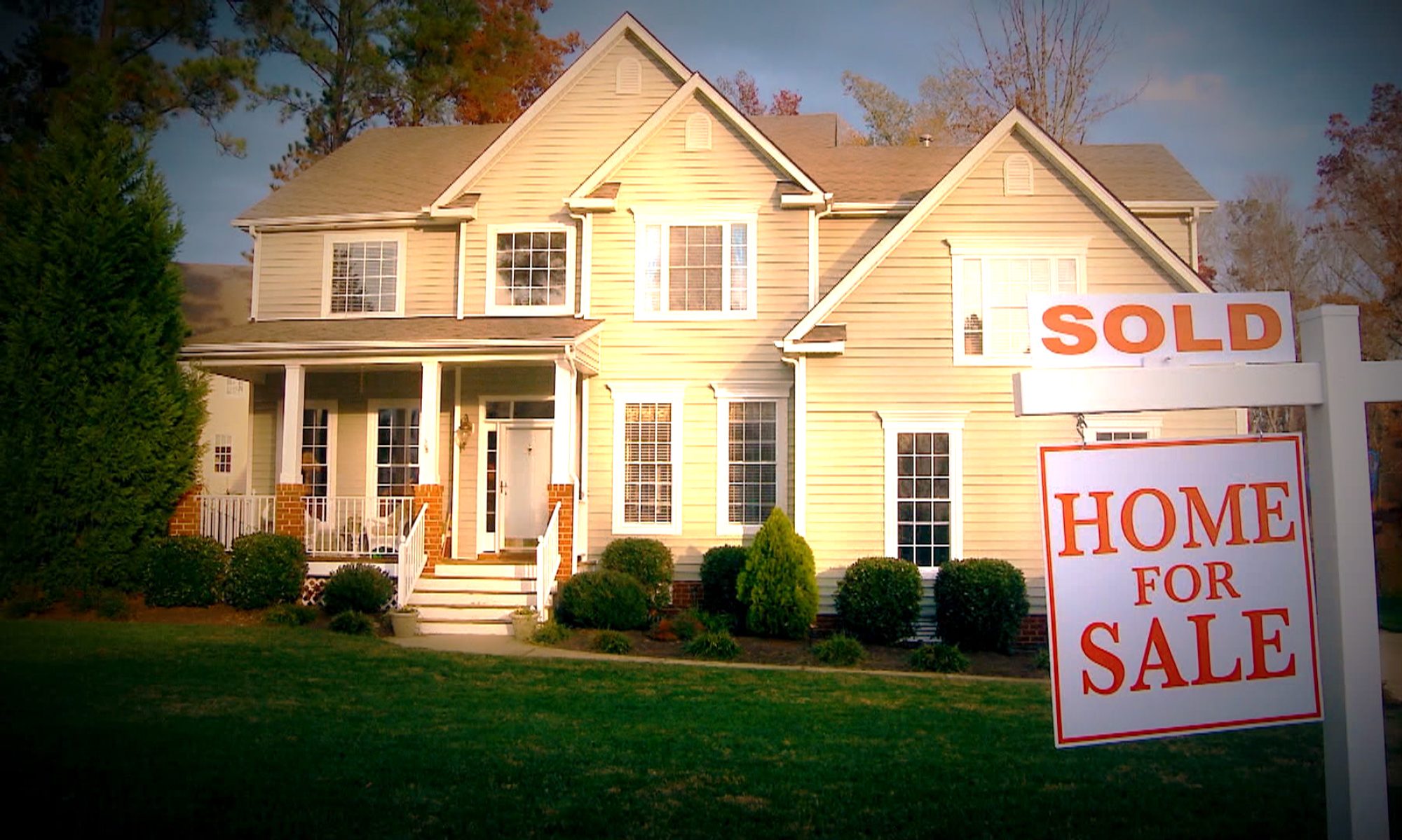There have always been foreclosures in the United States. People always have had financial crises develop which have caused them to fall behind in their mortgage payments. This has resulted in the foreclosure process starting on their home. There always have been job losses, health crises, losses of family members through death and divorce and losses of financial savings.

The catastrophic increase in the number of foreclosures since the beginning of 2007 has caught the attention of state and local governments and non-profit organizations. They have started to take a deeper look at the problem. In their review they have found that the home owner is not always at fault. Frequently the lender has contributed to the problem.
State and local governments and non-profit organizations have taken action to help people facing foreclosure. They have developed programs to educate these people in how they can stop the foreclosure process. They have also made sure that their rights under the law are protected.
In 2007 the governor of Maryland was one of the first to act. Governor O’Malley started an extensive public education effort to raise awareness of existing programs to help people facing foreclosure. Maryland also organized a task force of people from the public and private sectors to determine the scope of the problem and to recommend ways for people to save their homes. An agreement was negotiated with 6 subprime mortgage servicers to establish Loss Mitigation departments. These departments work with people facing foreclosure. In addition over 650 lawyers in the state volunteered to help these people free of charge.

In 2008 the governor of Connecticut signed the Mortgage Crisis Job Training Program into law. This program is designed to help people in the foreclosure process save their homes by earning more money. They receive help in finding employment or in learning new skills that enable them to get higher pay. The WorkPlace, Inc. runs this program for the state. Its executive director has made presentations on the program in 11 different states.
In Illinois Neighborhood Housing Services of Chicago formed a coalition of 15 non-profit organizations that is called the Illinois Statewide Foreclosure Prevention Network. One of the services they provide is counseling over the phone for people facing foreclosure. This has led to the non-profit organizations offering other services to these people. One of them offers a free foreclosure prevention workshop.
The Federal Government passed the Service Members’ Civil Relief Act. The rate of foreclosure for men and women in our armed services had been much higher than the rate for the general public. The law that was passed protects members of the armed services from losing their homes for non-payment of their mortgages while they are on active duty and for 90 days after they return home.
The Humane Society has even gotten involved. They saw that people in foreclosure had difficulty caring for their pets properly. They also saw that more and more frequently people who lost their homes to foreclosure left their pets behind. In March of 2008 the Humane Society started to give grants to animal shelters, animal rescue and adoption groups and animal control agencies. These grants were to help these local shelters and agencies expand the services they had to assist families in caring for their pets during this severe economic crisis. Some of the funds were to be used to publicize what they had to offer.
County sheriffs have taken a stand. Starting February 2 of 2009 the sheriff of Wayne County in Michigan suspended all evictions. Earlier the sheriff of Cook County in Illinois directed a lawyer to review all eviction notices. The sheriff of Butler County in Ohio ordered his deputies not to evict people who had nowhere to go.
This is a starting point. In many states programs to help people in foreclosure are being designed and implemented by both state and local government and by non-profit organizations. All of these programs have two goals. The first is to help people facing foreclosure take the steps to save their homes. The second is to protect their rights.
If you want to see what is available in your area, please check with your state or local governments and the non-profit organizations.
